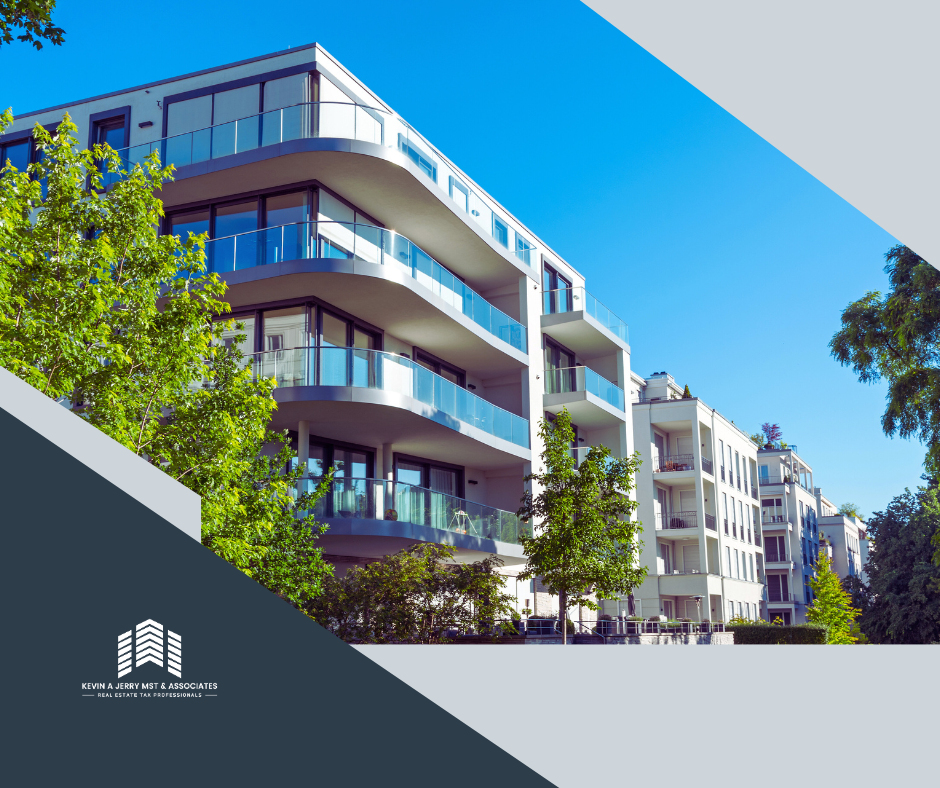

A cost segregation study is a tax strategy that speeds up depreciation deductions for commercial property owners, lowering taxable income and increasing cash flow. By reclassifying parts of the property from long-term (e.g., 39 years) to shorter depreciation periods (e.g., 5, 7, or 15 years), owners can front-load tax savings for reinvestment or paying down debt. This guide covers the steps, costs, benefits, and best practices for conducting a cost segregation study while ensuring IRS compliance.
Understanding Cost Segregation
Cost segregation involves analyzing a property to identify components that qualify for faster depreciation under IRS rules. Typically, commercial properties are depreciated over 39 years, while residential properties use a 27.5-year schedule, both employing the straight-line method. However, personal property (such as carpeting and lighting) and land improvements (like parking lots) qualify for shorter depreciation periods, allowing for larger early deductions. For example, a $2 million property might have $400,000 (20%) reclassified into 5- or 15-year assets, resulting in $80,000–$100,000 in additional first-year deductions, which could save $30,000–$37,000 at a 37% tax rate.
Step-by-Step Guide
1. Assess Eligibility
Not all properties benefit equally. Key factors include:
- Property Cost: Properties over $1 million (excluding land) tend to produce the best returns because of higher tax savings.
- Recent Acquisitions or Improvements: Properties purchased or renovated within the last 15 years are ideal. “Look-back” studies allow claiming retroactive deductions.
- Property Type: Office buildings, retail centers, hotels, and warehouses often have parts that can be reclassified.
- Tax Situation: Owners with high income or pass-through entities (like LLCs) benefit most.
Action: Talk to a tax advisor to review property costs and tax liability to estimate potential savings.
2. Hire Experts
A high-quality study needs professionals to ensure IRS compliance:
- Cost Segregation Engineers: Examine building parts and costs.
- CPAs: Include findings in tax filings.
- Specialized Firms: Merge engineering and tax knowledge.
Choose providers with:
- Experience with similar properties.
- Knowledge of IRS rules (e.g., Cost Segregation Audit Techniques Guide).
- Clear pricing.
Action: Get proposals from several firms and compare credentials and fees.
3. Analyze Components
Experts break down the property into:
- Personal Property (5 or 7 Years): Carpeting, lighting, cabinets.
- Land Improvements (15 Years): Parking lots, landscaping, fencing.
- Building Structure (27.5 or 39 Years): Walls, roofs, HVAC.
- Land: Not depreciable.
Using blueprints, invoices, and inspections, specialists assign costs accurately, often using specialized tools and software. For a $3 million property, $600,000 might be classified as 5-year property and $300,000 as 15-year improvements.
Action: Give detailed documentation (blueprints, contracts, invoices) to specialists.
4. Prepare a Detailed Report
The study ends with a report explaining reclassifications, including:
- Property details and purchase info.
- Methodology aligned with IRS standards.
- Asset breakdown with costs and depreciation periods.
- Supporting documents (e.g., blueprints, photos).
This report is essential for IRS audits.
Action: Review the report with your CPA to ensure accuracy and clarity.
5. File with the IRS
For a property that has been previously depreciated, file IRS Form 3115 to approve the study’s results, enabling:
- Current-Year Deductions: Use accelerated depreciation.
- Catch-Up Deductions: Claim previous years’ deductions without filing amended returns.
Action: Work with your CPA to file Form 3115 and maximize deductions.
Costs vs. Benefits
Costs
Studies cost $5,000–$20,000, depending on property size and complexity. Factors include property type, documentation, and retroactive scope.
Benefits
Tax savings often far exceed costs:
- First-Year Savings: A $1 million property with 20–30% reclassified ($200,000–$300,000) yields $50,000–$75,000 in deductions, saving $18,500–$27,750 at 37%.
- Catch-Up Deductions: A $2 million property owned for five years could save $55,500–$74,000 retroactively.
- Cash Flow: Early deductions fund reinvestment or debt reduction.
Example: A $3 million retail center study costing $10,000 reclassifies $600,000 (5-year) and $400,000 (15-year), saving $118,400 in taxes (12:1 ROI).
Considerations
- Depreciation Recapture: Reclassified assets may face higher taxes (up to 25%) upon sale. 1031 exchanges can mitigate this.
- Audit Risk: Poor studies increase scrutiny. Reputable specialists reduce risk.
- Future Deductions: Front-loaded deductions reduce later deductions, impacting long-term planning.
Best Practices
- Act Early: Conduct studies post-acquisition or renovation for maximum deductions.
- Choose Quality Providers: Select firms with IRS-compliant methodologies.
- Integrate with Tax Strategy: Align with 1031 exchanges or other tax plans.
- Retain Records: Keep reports and filings for seven years for audits.
- Plan for Recapture: Consider long-term ownership or exchanges to minimize tax impacts.
Case Study
A $5 million office building ($4 million depreciable) undergoes a $12,000 study, reclassifying $800,000 (5-year) and $600,000 (15-year). First-year deductions increase from $102,564 to $210,000, saving $39,751 at 37%. A look-back study for a 2020 acquisition could save $148,000 retroactively.
Conclusion
Cost segregation is a powerful tool for owners of commercial properties, enabling tax savings through accelerated depreciation. With professional expertise and IRS compliance, owners can lower taxable income and improve cash flow, making it a valuable strategy for properties valued over $1 million.
